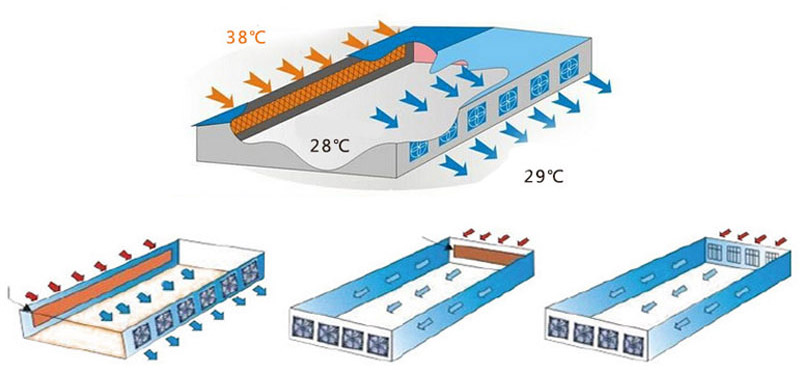chicken scalders for sale
Dec . 17, 2024 04:16 Back to list
chicken scalders for sale
The Essential Guide to Chicken Scalders for Sale
As the poultry industry continues to grow, the demand for efficient processing equipment has surged. Among the most crucial tools in chicken processing is the chicken scalder. This piece of equipment is vital for preparing chickens for plucking after they have been slaughtered. If you're in the market for chicken scalders for sale, it’s essential to understand their importance, types, and factors to consider before making a purchase.
What is a Chicken Scalder?
A chicken scalder is a specialized machine designed to immerse chickens in hot water. This process is known as scalding, and it loosens the feathers, making them easier to remove during the plucking process. Proper scalding also helps ensure that the skin remains intact and can improve the overall meat quality by facilitating the cleaning process. The temperature and duration of the scalding process are critical, as too much heat can damage the skin, while insufficient heat can make feather removal difficult.
Types of Chicken Scalders
When searching for chicken scalders for sale, you will find various types suited to different processing needs
1. Batch Scalders These machines handle a specific number of chickens at a time and are typically used in smaller operations. They are cost-effective and easy to operate, making them ideal for small farms or artisanal poultry processors.
2. Continuous Scalders Designed for larger operations, continuous scalders allow for a constant flow of chickens through the machine. They are often more costly but significantly enhance efficiency and processing speed, reducing labor costs and time delays.
3. Immersion Scalders This type of scalder involves submerging chickens in hot water. The control of temperature is essential to ensure consistent results. Immersion scalders can be found in both batch and continuous configurations.
4. Steam Scalders These machines utilize steam rather than hot water. Steam can offer more precise control over the scalding process, as it penetrates feather follicles better, leading to easier feather removal without overcooking the skin. However, steam scalders tend to be more expensive than traditional water bath systems.
chicken scalders for sale

Factors to Consider When Buying a Chicken Scalder
When looking at chicken scalders for sale, several important factors should guide your purchase decision
1. Capacity Determine your processing volume to choose a scalder that meets your needs. If you run a small farm, a batch scalder may suffice. However, larger operations may require continuous systems to optimize workflows.
2. Material Quality Look for scalders made from high-quality, food-grade stainless steel or other durable materials. This will ensure longevity and hygiene, which is crucial in poultry processing.
3. Temperature Control Effective temperature regulation is vital for a successful scalding process. Choose a scalder with reliable heating elements and control mechanisms to ensure optimal temperatures can be maintained.
4. Ease of Use and Maintenance Look for user-friendly equipment that is easy to operate and maintain. Simplified cleaning processes can save time and reduce labor costs.
5. Manufacturer Reputation Research different manufacturers and check reviews from other poultry processors. A reputable brand is more likely to offer reliable products and good customer service.
6. Price Budget is always a consideration. Compare prices among various suppliers, but be cautious not to compromise on quality for a lower cost.
Conclusion
Investing in the right chicken scalder is crucial for any poultry processing operation. Whether you are a small farmer or part of a larger processing facility, understanding the different types of scalders and their features can help you make an informed purchase. By considering capacity, material quality, temperature control, ease of use, manufacturer reputation, and price, you can find the perfect scalder to streamline your chicken processing workflow. With the right equipment, you can enhance efficiency, improve product quality, and ensure a successful operation.
-
Automatic Feeding Line System-Pan Feeder Nipple Drinker|Anping County Yize Metal Products Co., Ltd.
NewsJul.29,2025
-
Hot Sale 24 & 18 Door Rabbit Cages - Premium Breeding Solutions
NewsJul.25,2025
-
Automatic Feeding Line System Pan Feeder Nipple Drinker - Anping County Yize Metal Products Co., Ltd.
NewsJul.21,2025
-
Automatic Feeding Line System Pan Feeder Nipple Drinker - Anping County Yize Metal Products Co., Ltd.
NewsJul.21,2025
-
Automatic Feeding Line System - Anping Yize | Precision & Nipple
NewsJul.21,2025
-
Automatic Feeding Line System - Anping Yize | Precision & Nipple
NewsJul.21,2025






